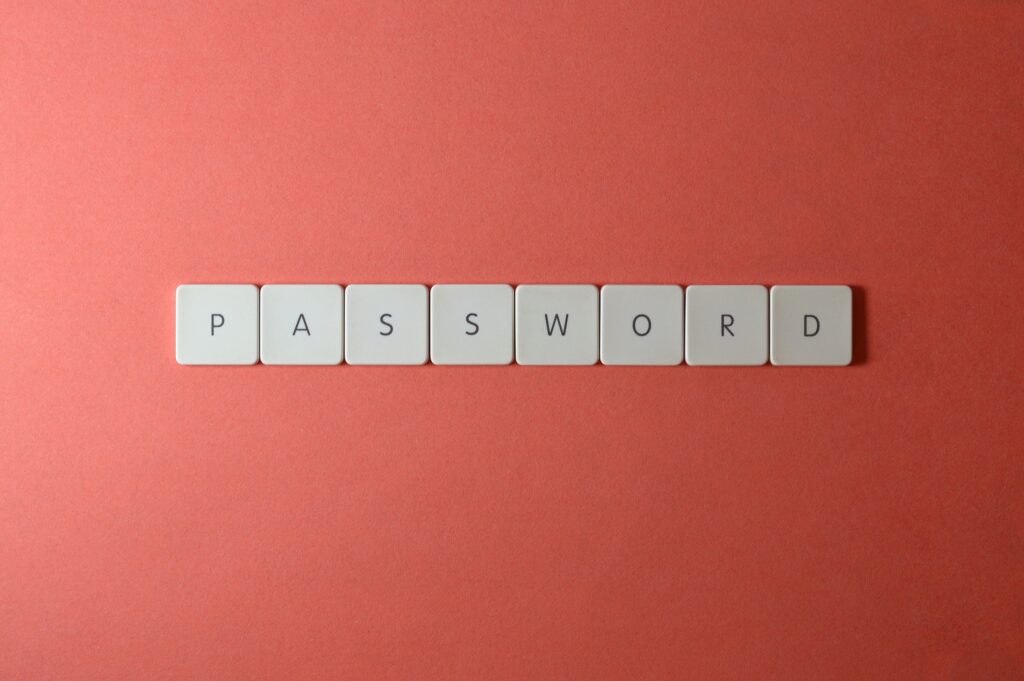
What is two-factor authentication (2FA)?
Rather than depending exclusively on a username and password for online account access, two-factor authentication (2FA) introduces an additional security layer by necessitating a secondary verification element.
Typically, this involves a time-sensitive one-time code delivered through SMS, email, or an authenticator application, significantly reducing the likelihood of unauthorized interception due to its brief validity, often just a few minutes.
What is the efficacy of two-factor authentication (2FA)?
A Microsoft study reveals that activating two-factor authentication (2FA) thwarts 99.9% of automated attacks, significantly bolstering the security of your online accounts.
Why is 2FA necessary?
Computers struggle with password authentication, a security measure predating them by centuries, traditionally used to verify messengers, soldiers, and access to secure locations.
Unlike humans, who consider facial cues, attire, and behavior, computers cannot discern context, making them vulnerable to automated attacks that would appear suspicious to a human guard.
However, technological advancements are improving computer authentication, incorporating keystroke dynamics and biometric data like fingerprints and facial recognition.
Despite their convenience, these innovations should complement rather than replace robust passwords in multi-factor authentication strategies.
2FA safeguards against brute-force attacks.
While most services cap the number of password attempts, attackers can systematically test every combination in what’s known as a brute-force attack.
A brute-force attack can decrypt a password with fewer than 15 digits in a single day, and one with fewer than 18 characters within a year.
A password, even with a mix of letters and numbers, should be at a minimum of ten characters to withstand daily cracking attempts.
However, should a hacker decipher your complex password, two-factor authentication (2FA) would still block unauthorized access without the unique 2FA code.
Setting Up Two-Factor Authentication
Numerous methods exist to acquire a 2FA code. Opt for the most convenient or combine multiple for enhanced security, but consider the advantages and constraints of each 2FA technique.
Generating SMS-Based 2FA Codes
Several platforms, including Facebook, Twitter, Google, and Dropbox, require a secondary code for each login attempt, which they deliver via SMS. However, this system is not without flaws.
Lack of cellular reception, a depleted phone battery, or international travel to circumvent roaming fees can all result in being unable to access your account. Moreover, losing your phone may lock you out until you acquire a replacement SIM with the same number.
Additionally, this verification method poses a security risk, as malicious actors could deceive your carrier into issuing a cloned SIM or intercept your texts.
Government agencies may also clandestinely monitor your SMS or block their delivery, compromising the integrity of the SMS-based security.
Furthermore, receiving a text message can inadvertently disclose your location, a privacy concern for some users.
Use an app to generate 2FA codes.
Google Authenticator and Authy are two of the premier apps for generating 2FA codes, bypassing the less secure method of SMS delivery. Utilizing these apps ensures codes remain on your device, precluding interception.
However, this method increases reliance on your device. A depleted battery, damage, or misplacement could result in being locked out of your accounts.
Should your device become inoperable or lost, account recovery from Google Authenticator protection becomes a significant inconvenience.
In anticipation of such scenarios, some authentication providers offer the creation of emergency codes, which should be kept in a secure location, like an encrypted file on your computer.
Alternatively, they may request a backup phone number to reach you if your primary number is inaccessible and your 2FA requires deactivation.
Employ a USB security key (U2F) for two-factor authentication.
Rather than obtaining two-factor authentication (2FA) codes via phone or server, consider utilizing a dedicated USB device, known as a security key or U2F (Universal Second Factor).
These diminutive USB devices, occasionally no larger than a fingernail, can be connected to your computer or phone. The setup for U2F is straightforward, with major platforms like Facebook and Google supporting it.
When accessing a service, a U2F-enabled browser will prompt you to insert your key into the USB port and activate it by pressing a button or touchpad. This action generates and submits a unique code to the site as your secondary credential.
Without the physical presence and activation of a U2F key, account access is barred, greatly reducing the likelihood of unauthorized entry. Moreover, it provides a defense against phishing by confirming the authenticity of your connection to the intended server.
12345Proxy home

